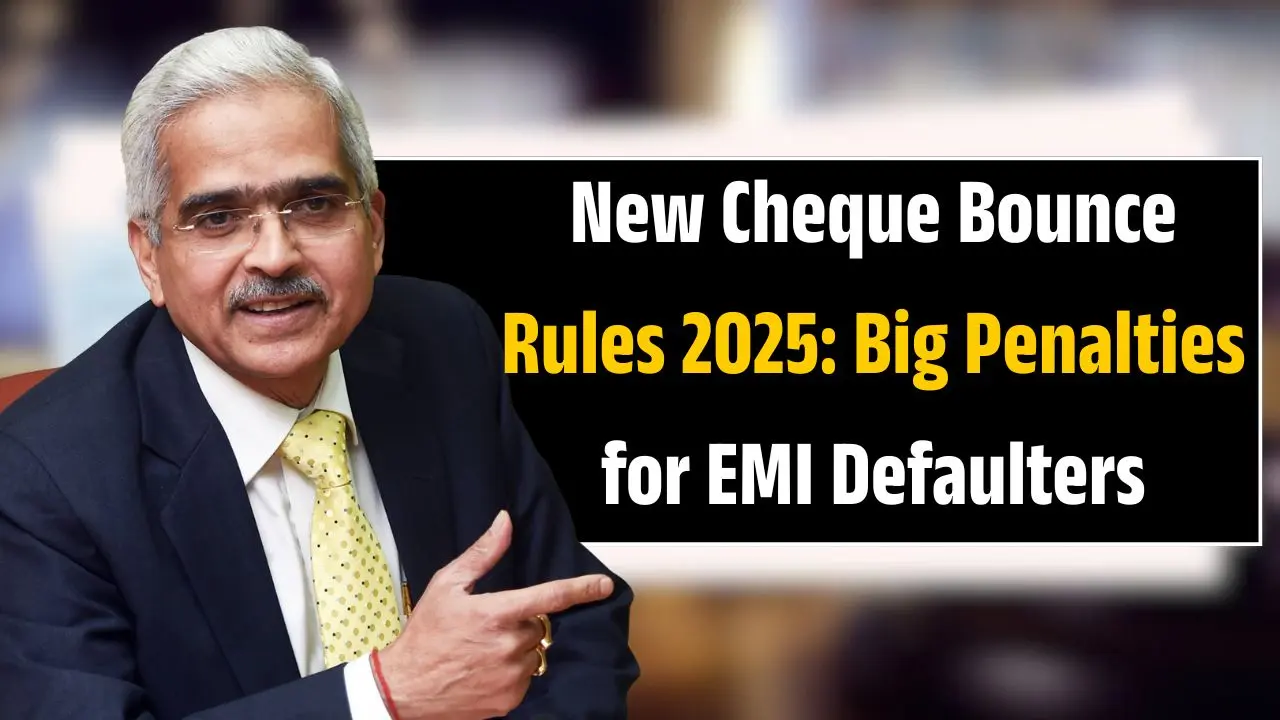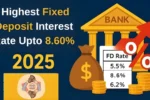The Reserve Bank of India (RBI) and the government have tightened the rules surrounding cheque bounce cases to ensure financial discipline and protect lenders. A cheque bounce when a bank refuses to honour a cheque due to insufficient funds or incorrect details can now result in heavier penalties and legal consequences, especially for those paying EMIs or loan instalments through post-dated cheques.
What Happens When a Cheque Bounces?
When a cheque bounces, the bank immediately issues a return memo stating the reason for non-payment. This not only affects the account holder’s credibility but may also attract penalties imposed by both the bank and the lender.
Previously, a bounced cheque would attract a standard penalty charge. But with the new guidelines in place in 2025, penalties and legal actions have become stricter, especially for repeated defaulters.
New Penalty Rules on Cheque Bounce
Under the updated banking and financial norms, the following changes now apply:
| Particulars | Previous Rule | New Rule (2025 Update) |
|---|---|---|
| Bank Penalty | ₹150–₹500 per bounce | ₹500–₹1,000 per bounce depending on the bank |
| Loan EMI or Installment Penalty | ₹200–₹500 per case | Up to ₹1,500 or more, depending on the loan type |
| Legal Consequences | Case under Negotiable Instruments Act, 1881 (Section 138) | Same continues, but faster resolution and digital notice system introduced |
| Repeat Offenders | Warning after 2–3 cases | Risk of account suspension or credit score downgrade after multiple defaults |
The new rules aim to discourage individuals and businesses from issuing cheques without ensuring adequate funds in their accounts.
Installment Penalty Explained
If your loan or EMI cheque bounces, it can result in two separate penalties one from your bank and another from the lender or financial institution. In addition, it can affect your CIBIL score and overall creditworthiness.
For example, if your EMI is ₹10,000 and the cheque bounces, you might face:
- ₹750 penalty from your bank
- ₹1,000 penalty from the lender
- Late payment interest for delayed instalment
This means a single bounce can cost over ₹1,700 extra, along with legal risk if unpaid after notice.
Legal Implications Under Section 138
A bounced cheque can lead to criminal proceedings under Section 138 of the Negotiable Instruments Act, 1881. If the drawer fails to make the payment within 15 days of receiving a notice, the payee can file a complaint in court. Conviction may result in imprisonment up to two years or a fine up to twice the cheque amount.
To make the process smoother, courts are now increasingly accepting e-notices and digital filing for cheque bounce complaints, reducing the time taken for resolution.
How to Avoid Cheque Bounce Penalties
To prevent cheque bounce issues, account holders should ensure:
- Sufficient funds are maintained before cheque clearance.
- Post-dated cheques are updated after any change in account or EMI details.
- ECS, auto-debit, or UPI-based payments are used to avoid manual cheque delays.
Final Thoughts
The new cheque bounce rules and installment penalties in 2025 are a clear signal that authorities are taking financial accountability more seriously. With heavier fines, faster legal processes, and stricter monitoring by banks, it’s essential for borrowers and account holders to manage funds responsibly. A single bounced cheque can now do more than just incur a small fee it can hurt your financial credibility for years.




